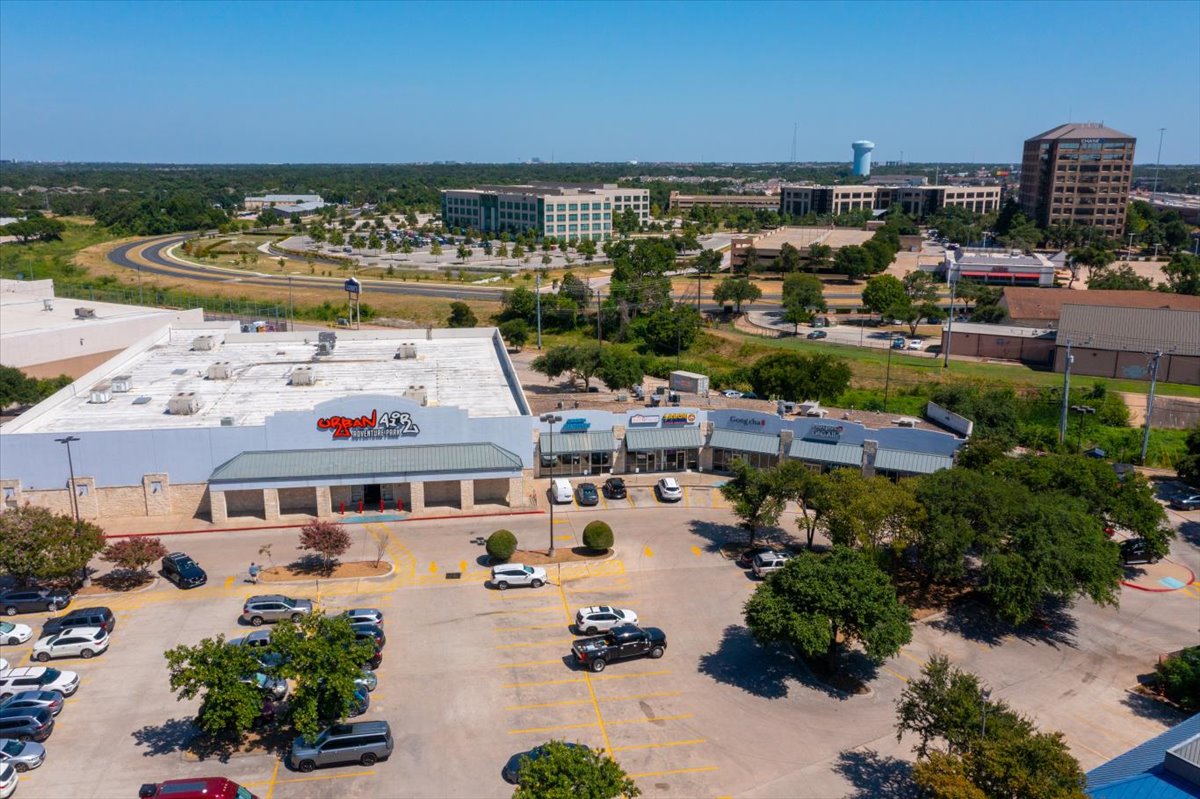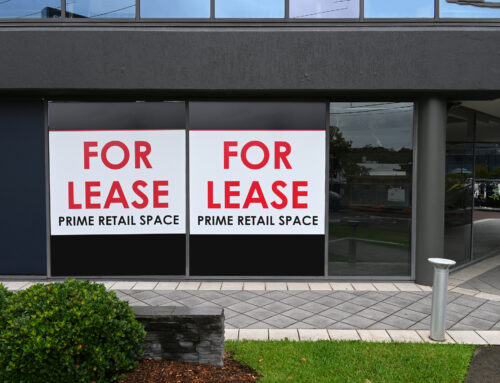In the world of commercial real estate, property management goes beyond mere oversight—it’s a strategic effort to safeguard and enhance property value. One crucial aspect of this proactive approach is maintenance, which, when executed preemptively, can prevent potential issues, preserve property value, and lead to long-term success for property owners and managers.
Let’s discuss preventative and proactive maintenance and the benefits of maintaining your commercial property.
The Role of Proactive Maintenance
Proactive maintenance involves staying one step ahead, and anticipating potential problems before they arise. By implementing preventative measures, property managers can effectively extend the lifespan of building systems and components, mitigate risks, and uphold the overall functionality of the property.
Preventative Measures to Preserve Property Value
Preserving property value is a paramount goal for property owners, and proactive maintenance plays a pivotal role in achieving this objective.
Benefits of Preventative Measures:
Cost Savings: Addressing small issues early on prevents them from evolving into expensive repairs, ultimately saving on long-term maintenance costs.
Enhanced Tenant Satisfaction: Well-maintained properties create a positive experience for tenants, contributing to tenant retention and satisfaction.
Improved Asset Value: Regular maintenance contributes to the overall aesthetic appeal and functionality of the property, positively impacting its market value.
Common Maintenance Challenges
Understanding the common challenges that properties face allows property managers to develop targeted maintenance strategies.
Common Challenges:
Wear and Tear: Daily usage takes a toll on various building components, leading to wear and tear over time.
Climate-Related Issues: Properties are exposed to the elements, making them susceptible to weather-related damage such as leaks, mold, and erosion.
Aging Infrastructure: Older buildings may experience challenges related to outdated systems and materials.
Addressing Issues Before They Become Major Problems
Timely intervention is the essence of proactive maintenance. By addressing issues at their nascent stage, property managers can prevent minor concerns from escalating into major problems.
Effective Strategies:
Regular Property Inspections: Conducting thorough and regular inspections helps identify potential issues early on.
Prompt Repairs: Addressing identified problems promptly to prevent further damage and deterioration.
Data-Driven Maintenance: Using data and analytics to predict maintenance needs based on historical patterns and trends.
Case Studies: Successful Outcomes from Proactive Maintenance Efforts
Real-life examples illustrate the tangible benefits of a proactive maintenance approach.
Case Study 1: Roof Maintenance and Longevity
In one commercial property, regular roof inspections and proactive repairs resulted in an extended lifespan of the roofing system. This not only prevented water damage but also contributed to substantial cost savings compared to a reactive maintenance approach.
Case Study 2: HVAC System Optimization
A proactive approach to HVAC system maintenance in another property involved regular filter replacements and system checks. This resulted in improved energy efficiency, reduced utility costs, and a comfortable indoor environment for tenants.
Key Components of Proactive Maintenance:
Regular Property Inspections: A Foundation for Proactive Care
- Schedule routine property inspections to identify potential issues early on.
- Prioritize high-traffic areas, key systems, and vulnerable components.
- Utilize checklists to ensure a comprehensive assessment.
Benefits:
- Early detection of minor issues.
- Improved understanding of your property’s condition.
Scheduled Maintenance Tasks: Consistent Upkeep for Long-Term Success
- Create a maintenance calendar outlining regular tasks like filter replacements, gutter cleaning, and system checks.
- Invest in the necessary tools or hire professional services if needed.
- Explore online resources for guidance on DIY-friendly maintenance tasks.
Benefits:
- Cost-effective maintenance without immediate reliance on external services.
- Consistent upkeep to prevent major issues.
Landscaping and Curb Appeal: Aesthetic Maintenance on a Budget
- Learn basic landscaping techniques for trimming, weeding, and lawn care.
- Consider DIY landscaping projects to enhance curb appeal.
- Leverage online resources for landscaping ideas suitable for commercial properties.
Benefits:
- Enhanced property aesthetics without substantial landscaping costs.
- A personalized touch to the property’s exterior.

Climate-Related Solutions: Shielding Your Property from the Elements
- Seal gaps and cracks to prevent drafts and improve energy efficiency.
- Install weatherstripping around windows and doors.
- Regularly clear gutters to avoid water buildup and potential damage.
Benefits:
- Improved energy efficiency leading to reduced utility costs.
- Prevention of weather-related damage and associated expenses.
Addressing Aging Infrastructure: A Strategic Approach for Older Buildings
- Identify key concerns in older buildings and prioritize maintenance tasks.
- Research cost-effective upgrades and improvements.
- Consult with professionals for targeted advice on aging infrastructure.
Benefits:
- Extended lifespan of older building components.
- Gradual improvement without significant upfront costs.
Prompt Repairs: Mitigating Issues Swiftly to Prevent Escalation
- Equip yourself with basic repair tools for immediate fixes.
- Learn basic plumbing and electrical troubleshooting for prompt action.
- Act swiftly when minor issues are identified during inspections.
Benefits:
- Prevention of further damage and associated costs.
- Increased self-sufficiency in addressing immediate concerns.
Data-Driven Maintenance: Harnessing Information for Informed Decisions
- Keep detailed records of past maintenance and repairs.
- Utilize spreadsheets or simple software to track patterns.
- Explore online resources for insights into predictive maintenance techniques.
Benefits:
- Informed decision-making based on property history.
- Gradual transition to a more data-driven maintenance approach.
Implementing these proactive maintenance strategies can empower commercial property owners and managers to preserve value and prevent potential issues.
Whether your commercial property is located in Houston, Texas, California, or elsewhere, incorporating these strategies into your management approach can contribute to the long-term success of your commercial investment.
In conclusion, proactive maintenance is not merely a reactive response to issues—it is a strategic investment in the longevity, functionality, and value of commercial properties. By embracing preventative measures, property owners and managers can create a resilient and thriving real estate portfolio.
At OI Management, we specialize in offering preventative and proactive strategies tailored to the unique needs of your commercial property. Contact a member of our team today!





